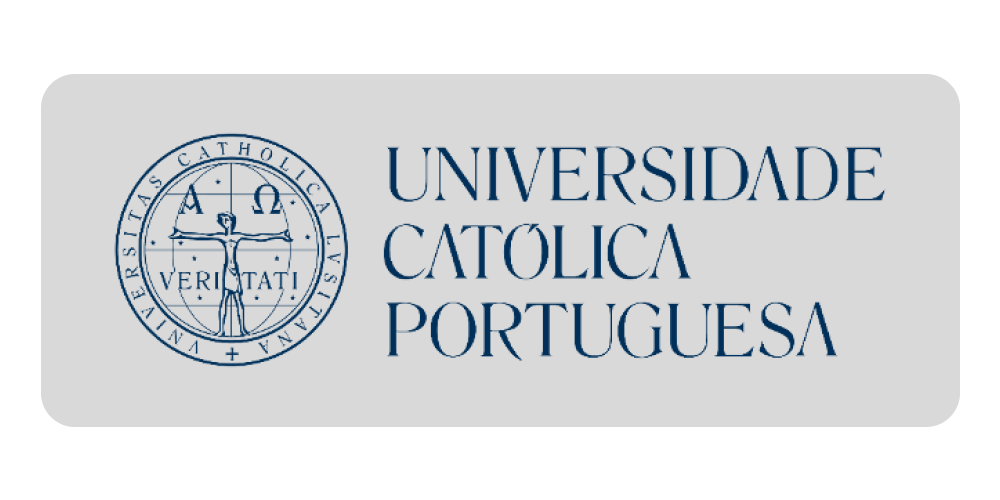'Croatian Academy of Sciences and Arts'
Geolinguistics and Anthroponomastic Research:
Family Names Derived from Words Denoting a Person
who Tailors and Sews Clothes
2019
U radu se na primjerima prezimena nastalih od naziva za osobu koja kroji i
šije odjeću (npr. Krajačić, Švaljek; Abadžić, Sabol, Sartori, Šnajder, Terzić)
tablično pokazuje njihova brojnost, a uz pomoć karata njihov prostorni razmještaj
na osnovi stanja kakvo je bilo za popisa stanovništva 1948. Kartografski se
prikazuje i razmještaj sufiksalnih prezimena od raznojezičnih osnova navedenoga
značenja te razmještaj prezimena temeljenih na hungarizmu sabo (< mađ.
szabó) i inačicama – najzastupljenijoj osnovi u promatranim prezimenima.The Croatian family-name system is a reflection of historical-political and
ethnic turmoil which has left its mark on the history of the Croatian territory.
Along with the foreseeably dominant idioglottic linguistic influence, another
recognizable feature of this system consists of its alloglottic (primarily German,
Hungarian, Italian, and Turkish) elements. In this paper, examples of family
names derived from words denoting ‘a person who tailors and sews’ (e.g. Krajačić,
Švaljek; Abadžić, Sabol, Sartori, Šnajder, Terzić) are presented tabularly,
demonstrating their great number, while their spatial distribution based on the
situation at the time of the 1948 census is shown with the aid of maps. The distribution
of these family names according to their formational structure is also cartographically
represented. It is concluded that the discussed family names have
been confirmed mostly in the northern part of Croatia, that alloglottic elements in
the family names follow the influential sphere of languages with which the Croatian
language and its speakers historically came into contact, and that the dialectal
elements contained in family names fit the dialectal image of the Croatian area
'Croatian Academy of Sciences and Arts'
Geolinguistics and Anthroponomastic Research:
Family Names Derived from Words Denoting a Person
who Tailors and Sews Clothes
U radu se na primjerima prezimena nastalih od naziva za osobu koja kroji i
šije odjeću (npr. Krajačić, Švaljek; Abadžić, Sabol, Sartori, Šnajder, Terzić)
tablično pokazuje njihova brojnost, a uz pomoć karata njihov prostorni razmještaj
na osnovi stanja kakvo je bilo za popisa stanovništva 1948. Kartografski se
prikazuje i razmještaj sufiksalnih prezimena od raznojezičnih osnova navedenoga
značenja te razmještaj prezimena temeljenih na hungarizmu sabo (< mađ.
szabó) i inačicama – najzastupljenijoj...
Preuzmite dokument
2019
 Anđela Frančić
Anđela Frančić






